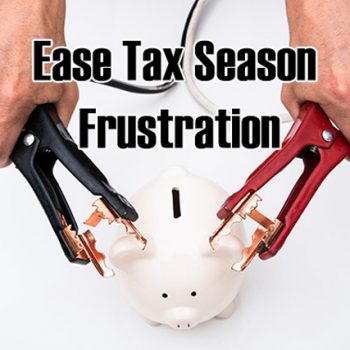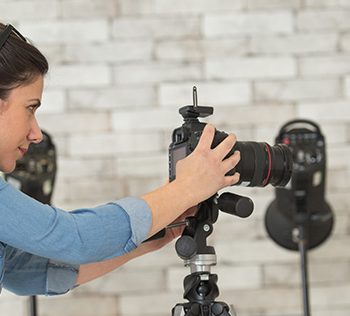Intro by Skip Cohen
Just like Sarah Petty starts out in this post from her Joy of Marketing blog, I see photographers every day hit the panic button and discount their services. Then another photographer in the community decides to undercut prices even more. Before you know it you’ve got a price war, and everybody’s eating macaroni and cheese for dinner instead of steak!
Okay, the analogy is a little bit of an embellishment, but it’s such a sad situation when photographers think of themselves as a commodity product rather than focusing on the experience they can create; the value of the product itself and the importance of building a strong skill set!
Years ago, I had a great conversation with one of the industry’s leading wedding photographers, Cliff Mautner. He wanted to put together a strong promotion but didn’t want to discount his services. So, he added more time to his coverage. His prices didn’t change, but what he provided did, and without giving away the “store.”
There are times when it’s appropriate to do a sale but pay attention to Sarah’s points below. If your business is slow, then take a long look at what the problem is and look for solutions to create excitement without a discounting!
By Sarah Petty
I see it every day. A sign in a dentist office declares “Any treatment—40 percent off regular price!” A local Realtor advertises lower commissions: Any house. Any price. Sound intriguing?
Of course, it does. We all like to save money. But, remember what a sale does to the value of your products and services. If you could get a product or service 50 percent off if you just waited a few weeks. Why wouldn’t you?
What Sales Do to Your Business
Everyone wants a deal. But certain people shop specifically for the lowest price. They are less loyal. They don’t care about the quality of what they are buying. You can’t build the business you want with these clients.
That’s why it’s important as a boutique business owner to ask yourself, Who is my ideal client?
The client who values a high-priced luxury automobile may not value organic foods.
The person who values racing bicycles may not value custom artwork. It’s not about demographics (age, income, gender); it’s about what is important to people.
When is it okay to have a sale?
- Fleeting inventory.
- Bundling
- Inventory Closeout
- Prepays
- Training
- Sampling
- The Partner Discount
What you should never do!
- Panic Sales: Customers can smell desperation. A panic sale will not only devalue your brand, but also the sale numbers don’t allow you enough profit to continue operating your business the same way.
- Social Sales: Groupon and other online sites or group buying memberships are great for driving customers to businesses. However, the sales they run are typically far too aggressive from a pricing standpoint for a boutique business to maintain that level of business.
Questions to ask yourself:
- Do you have any inventory that is fleeting?
- Do you have any products and services that make sense to bundle?
- Do you have times of the year when it makes sense to close out inventory? If yes, put it on your calendar and put it in your financial planning folder.



















